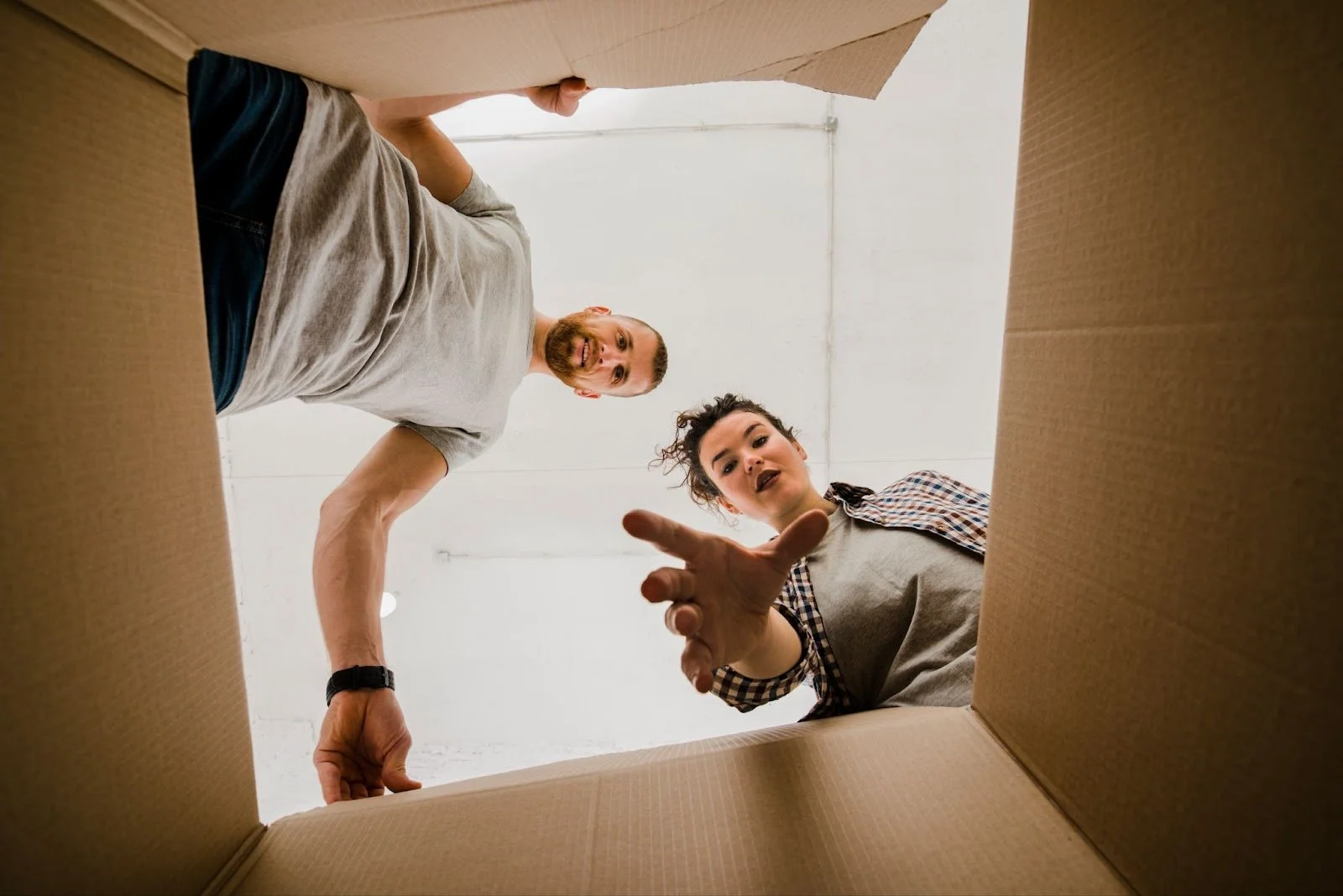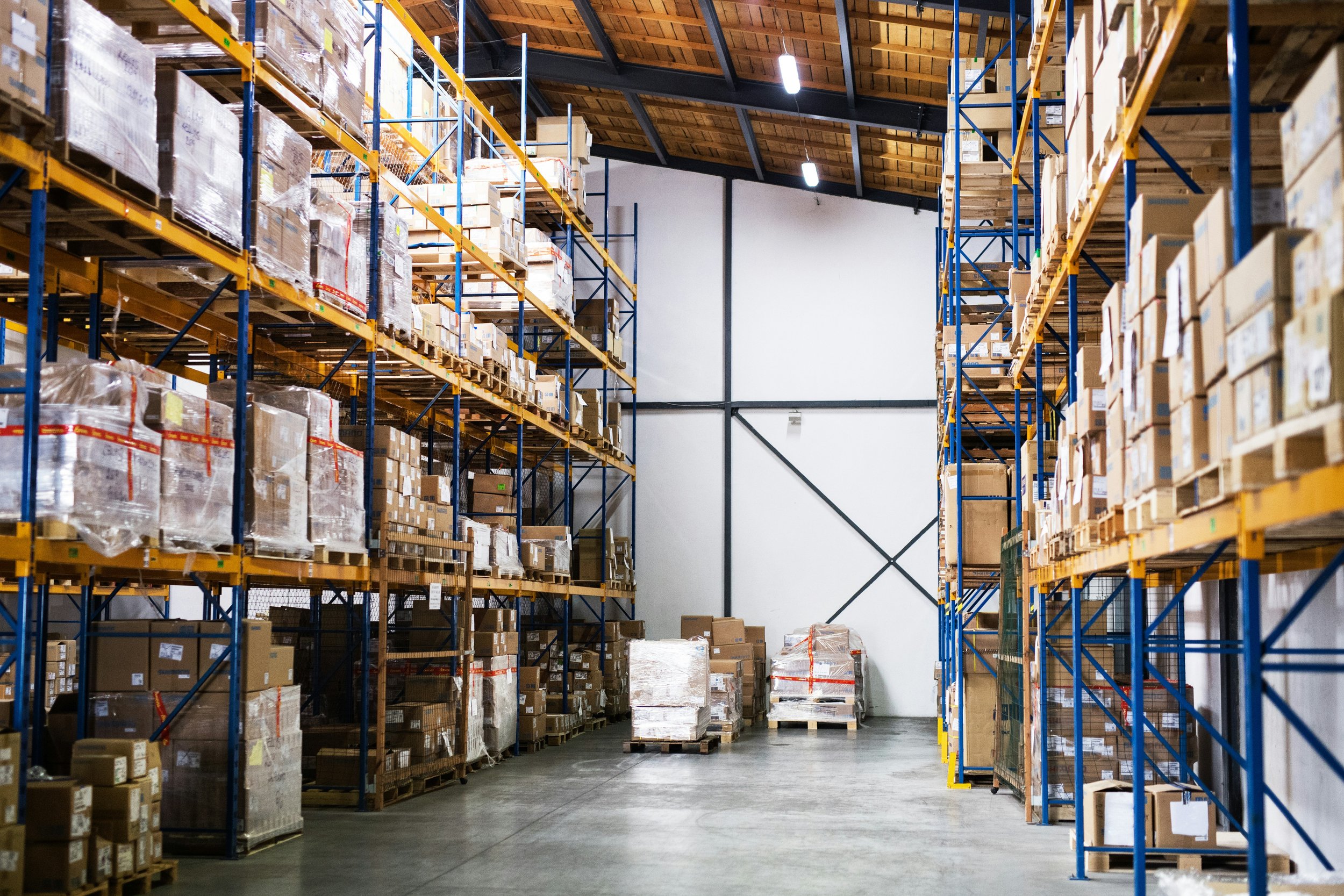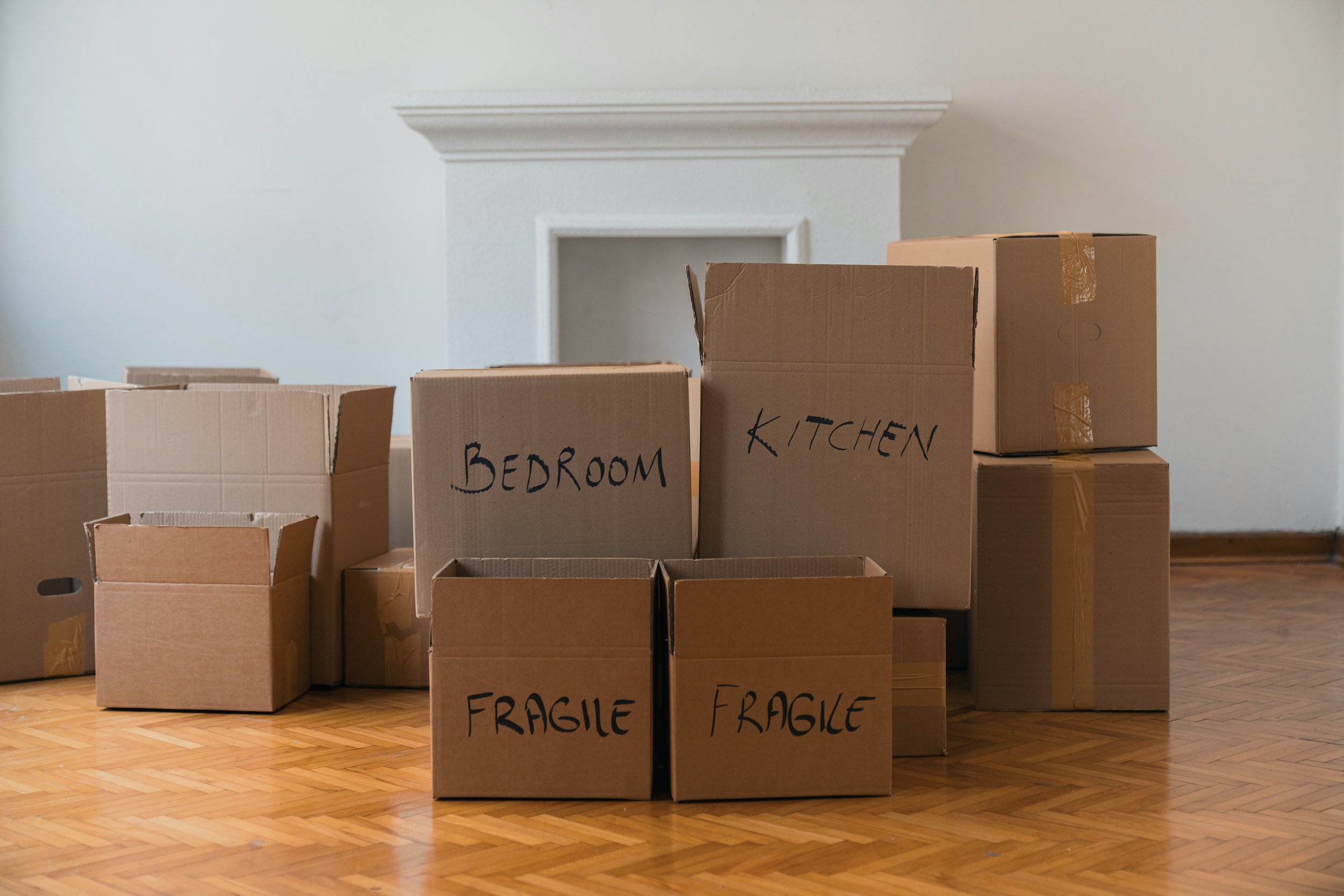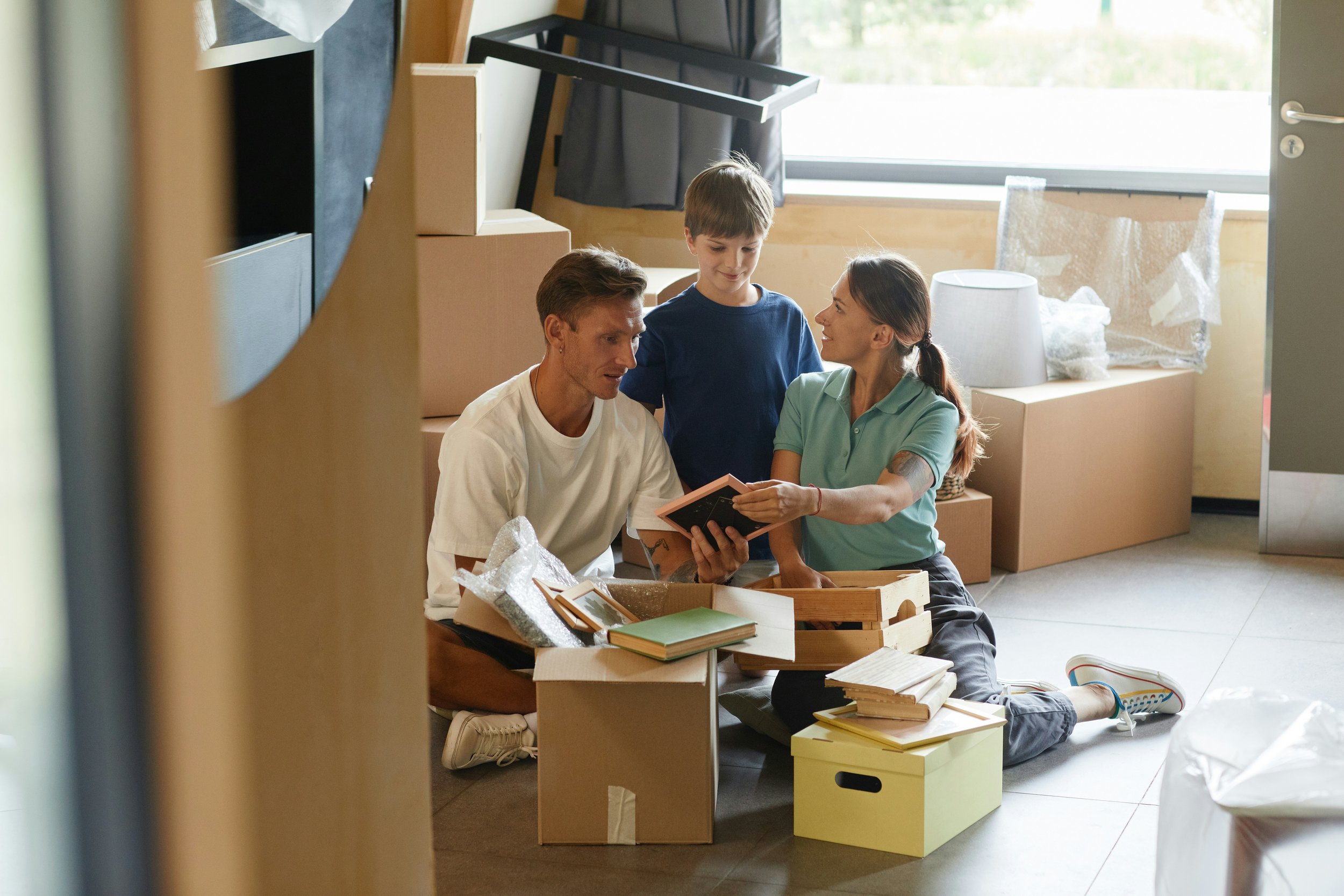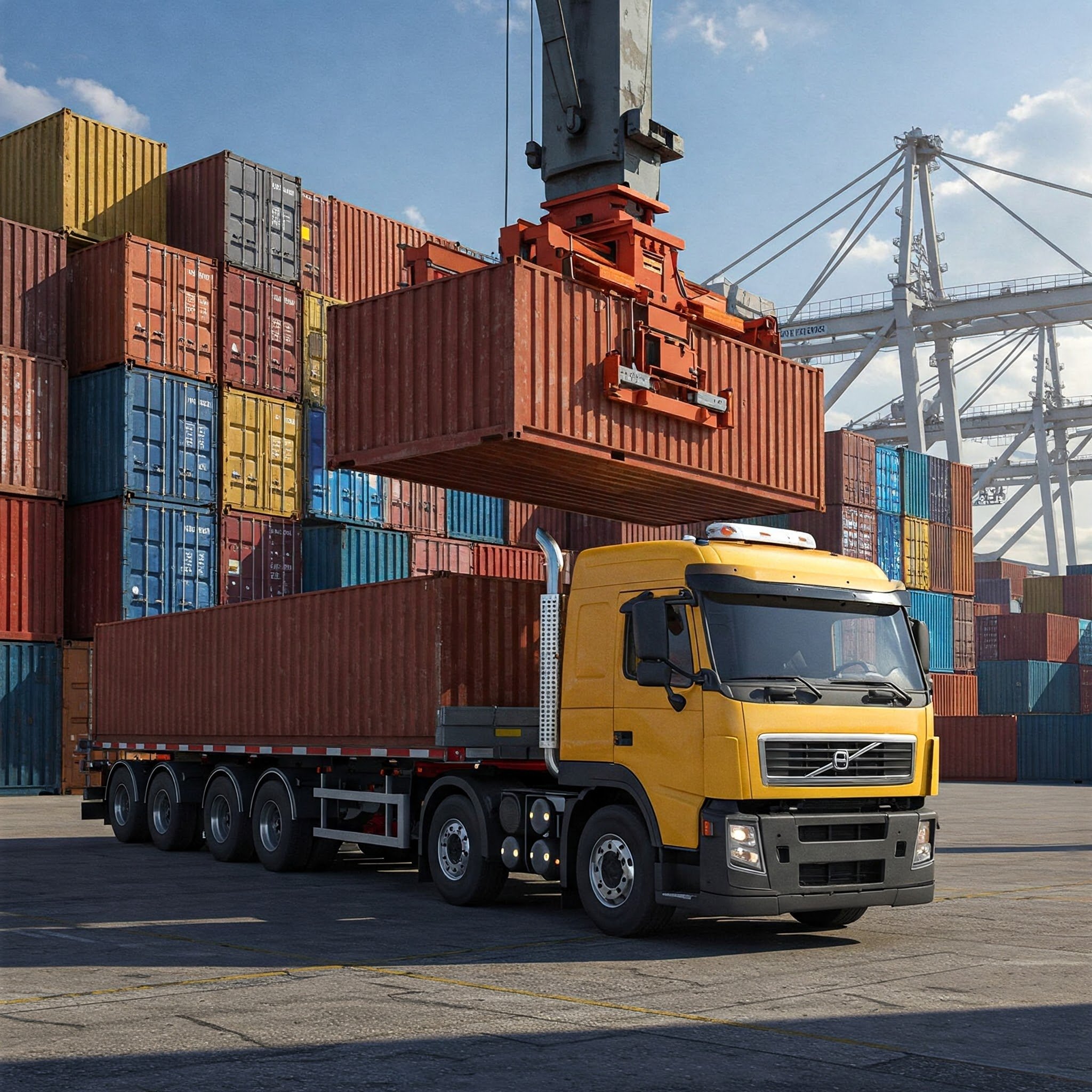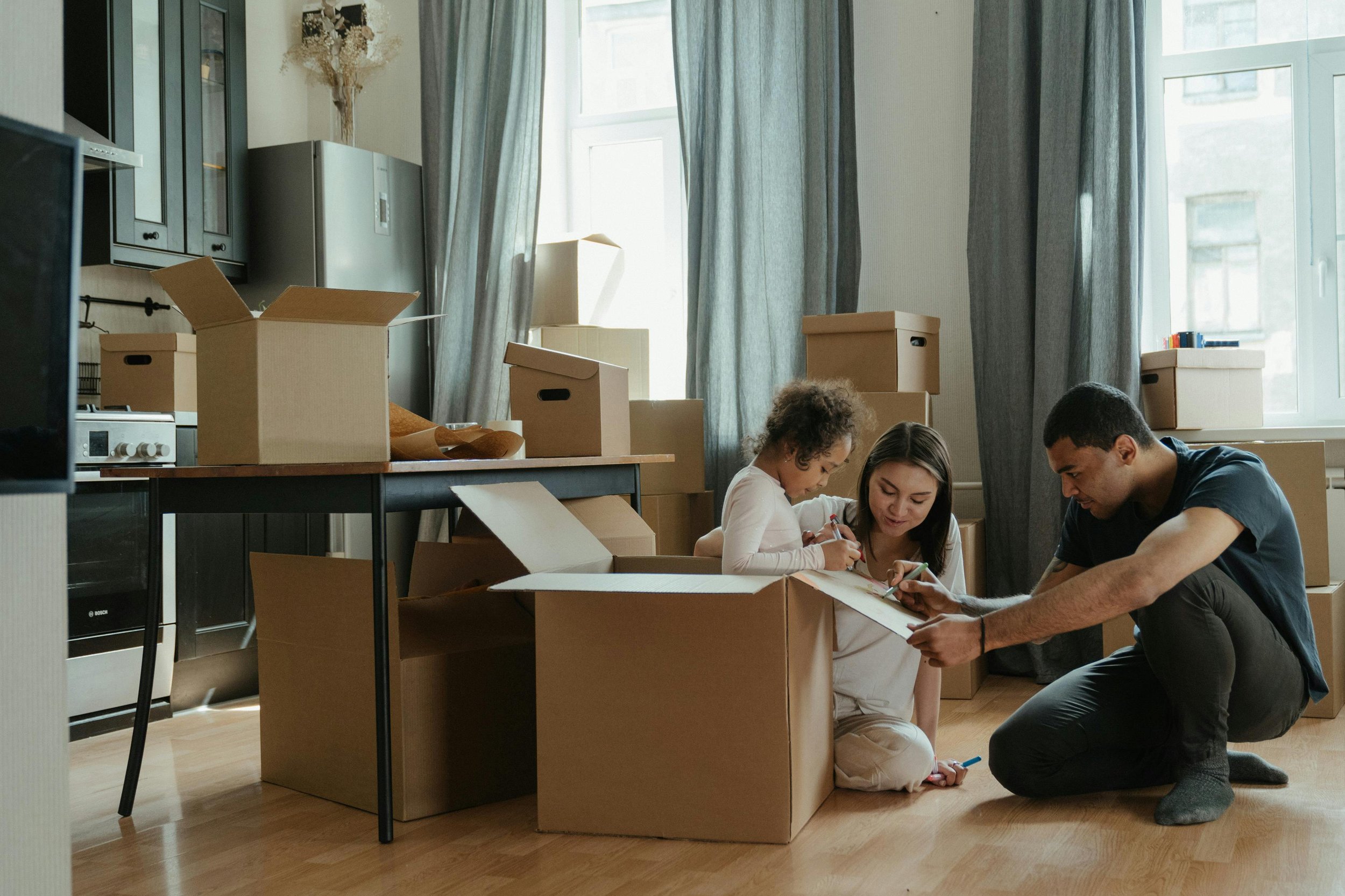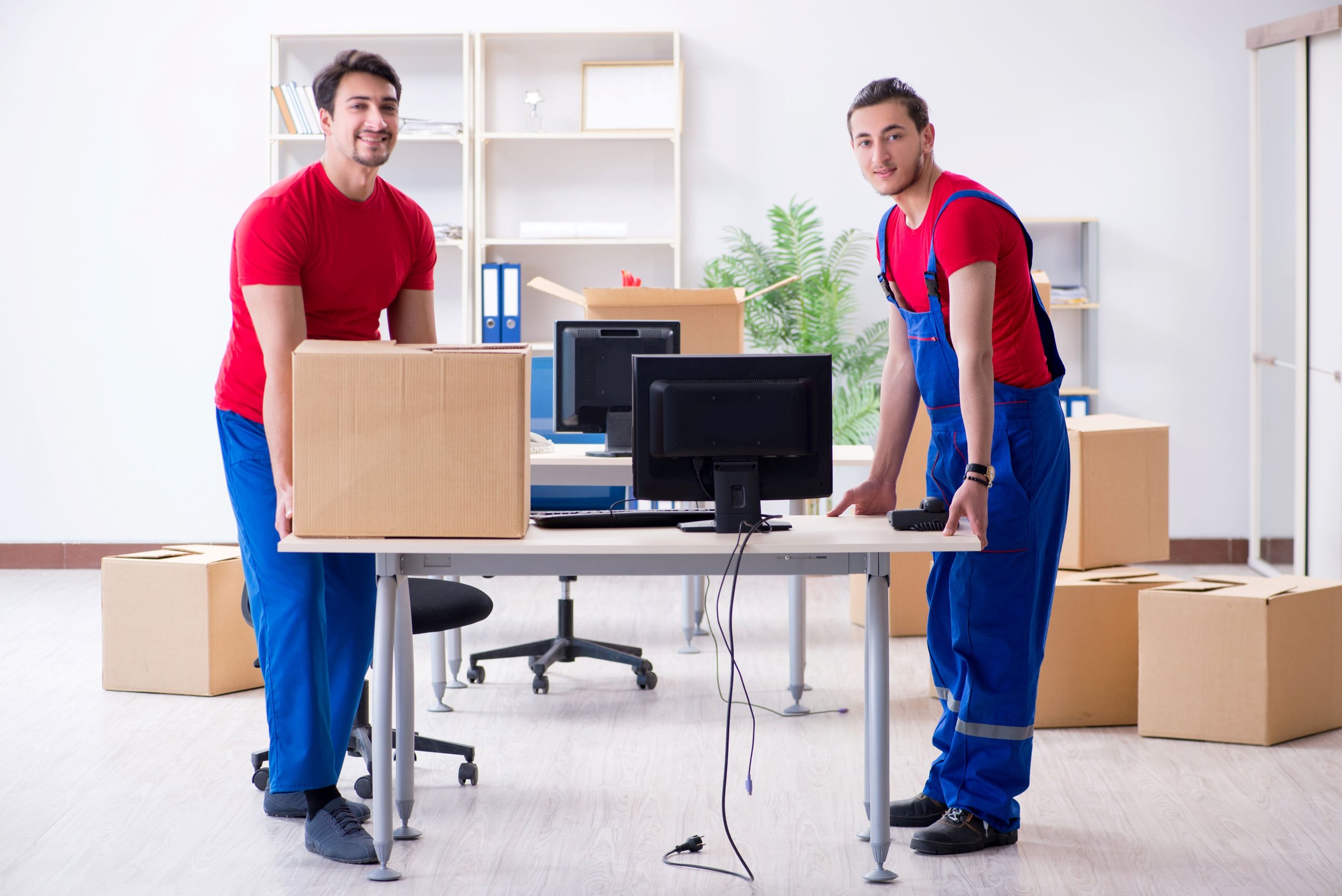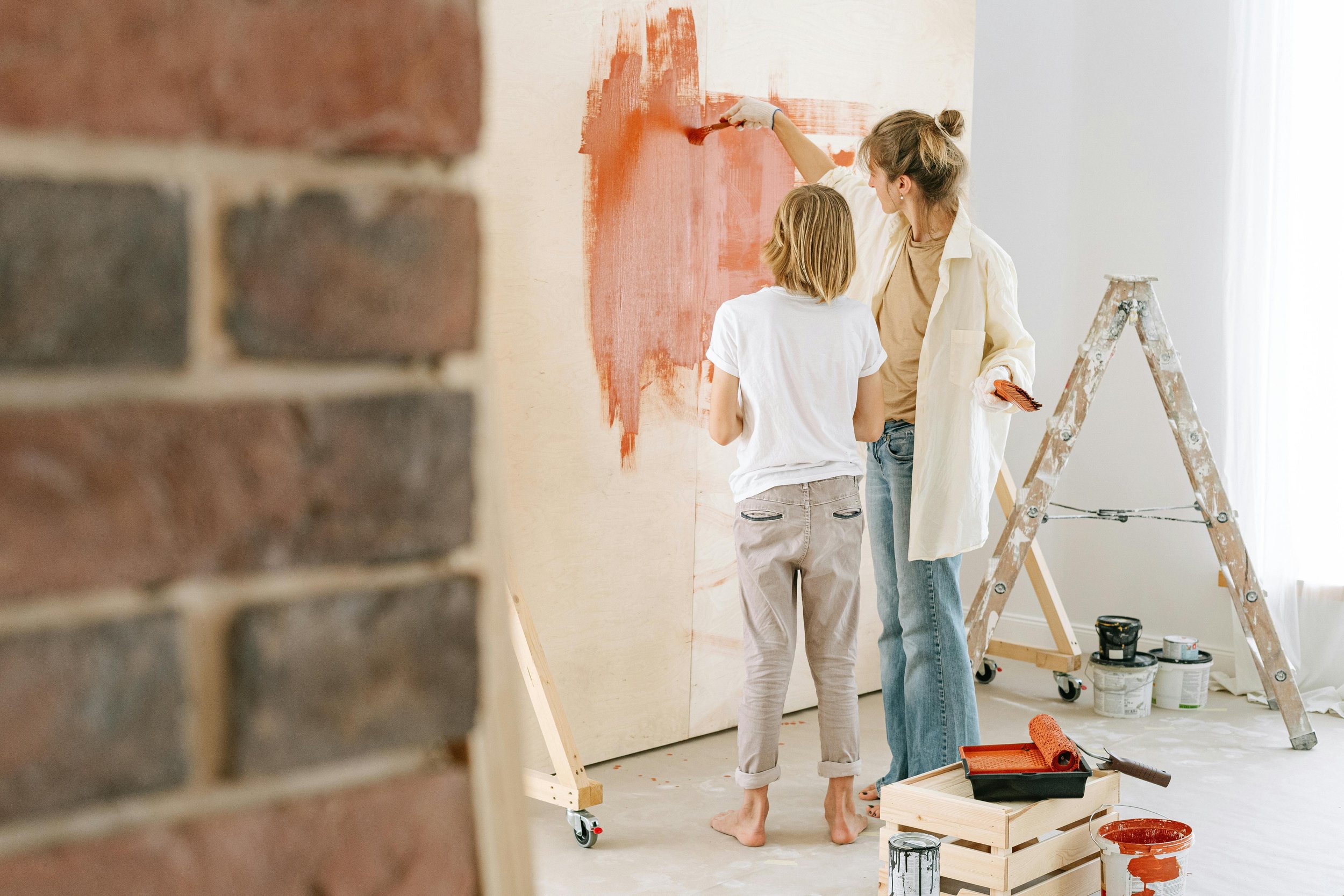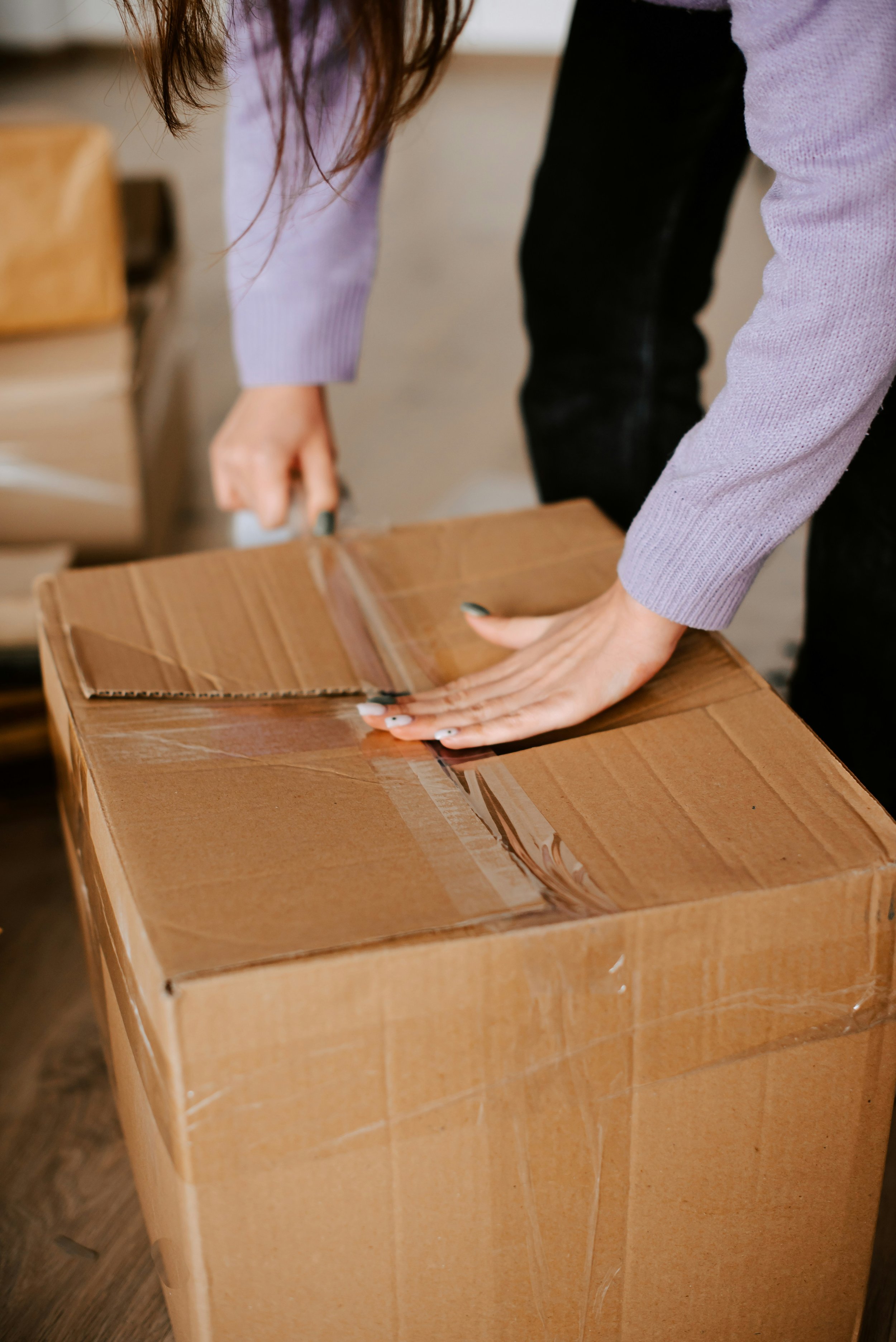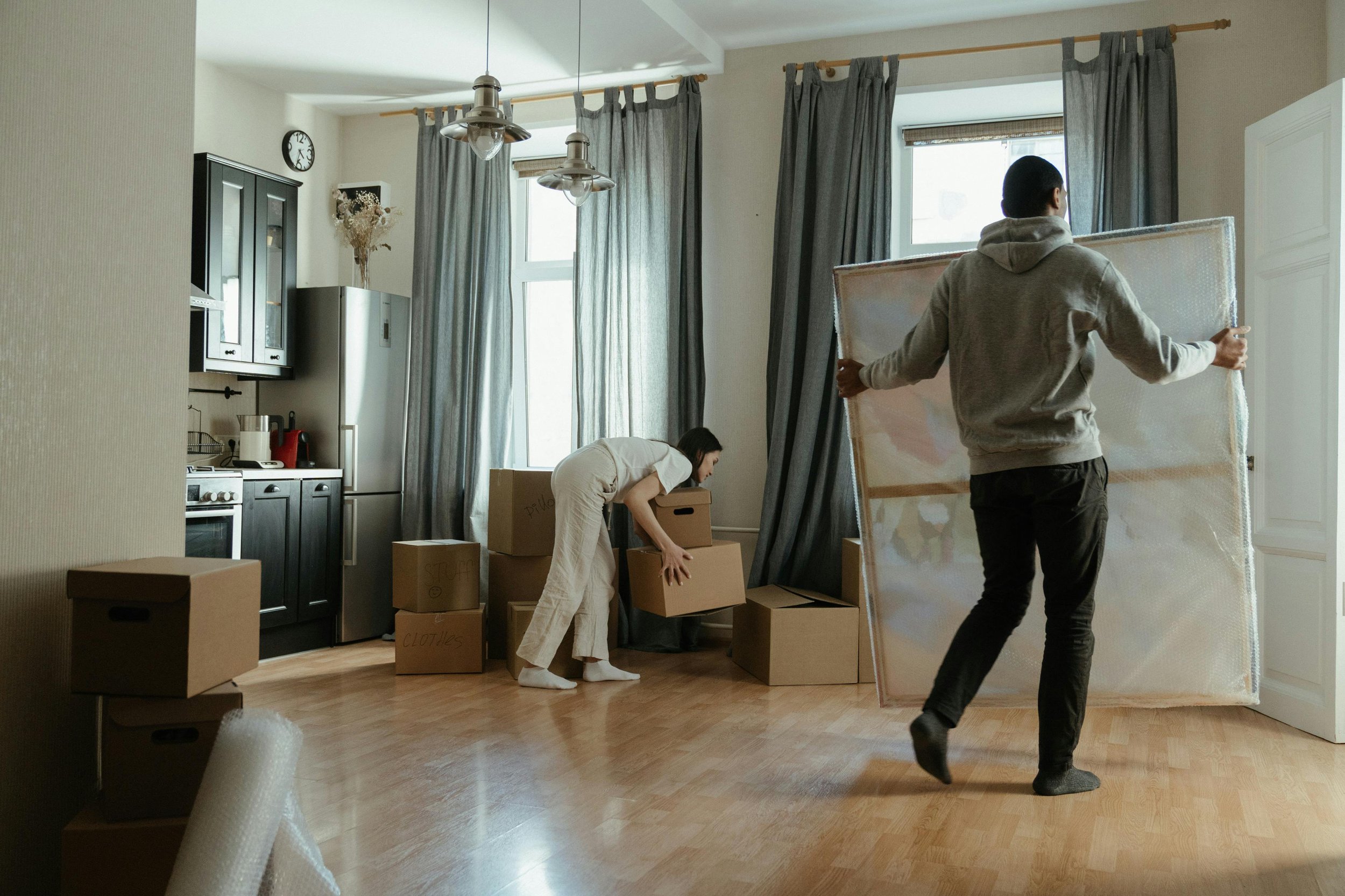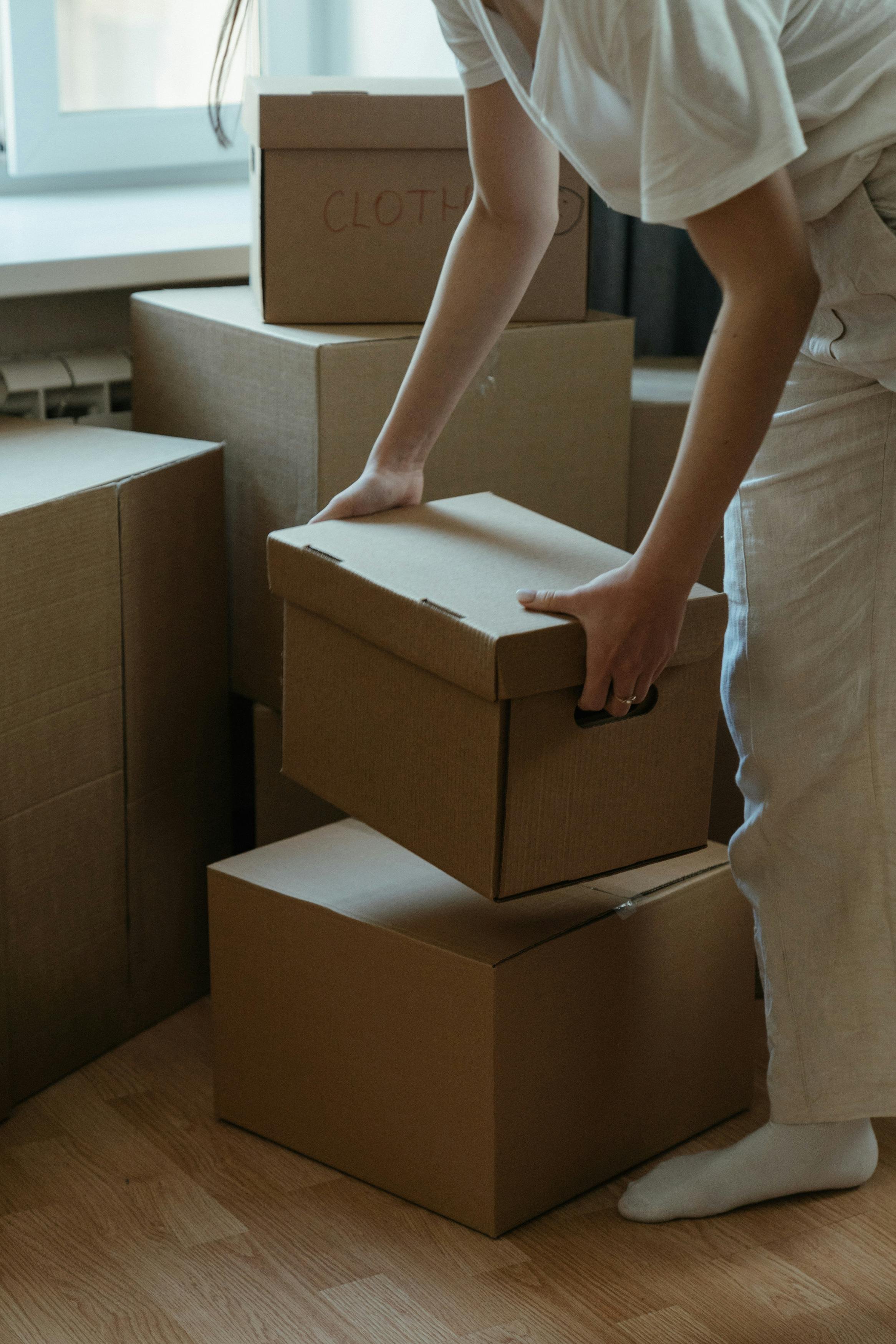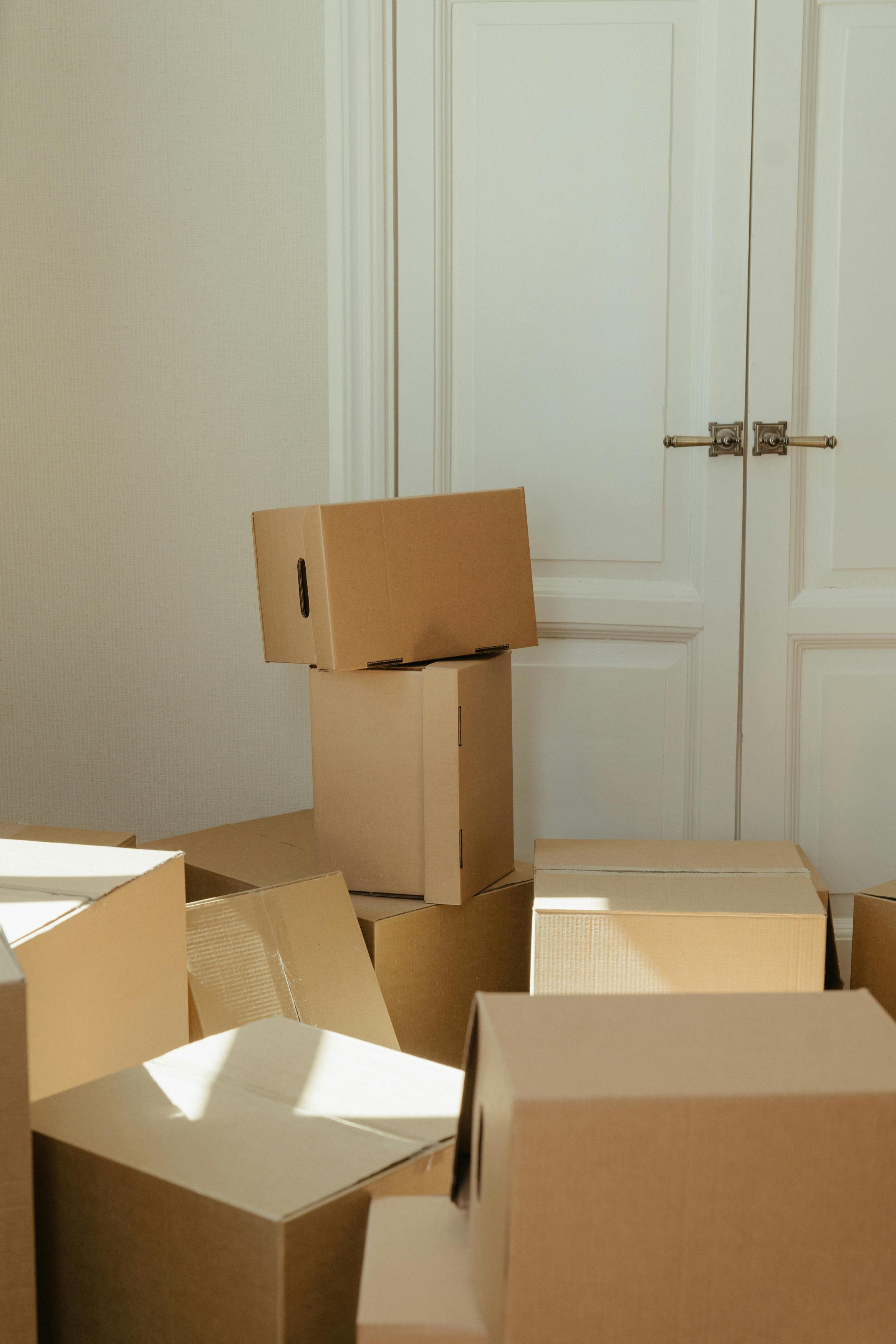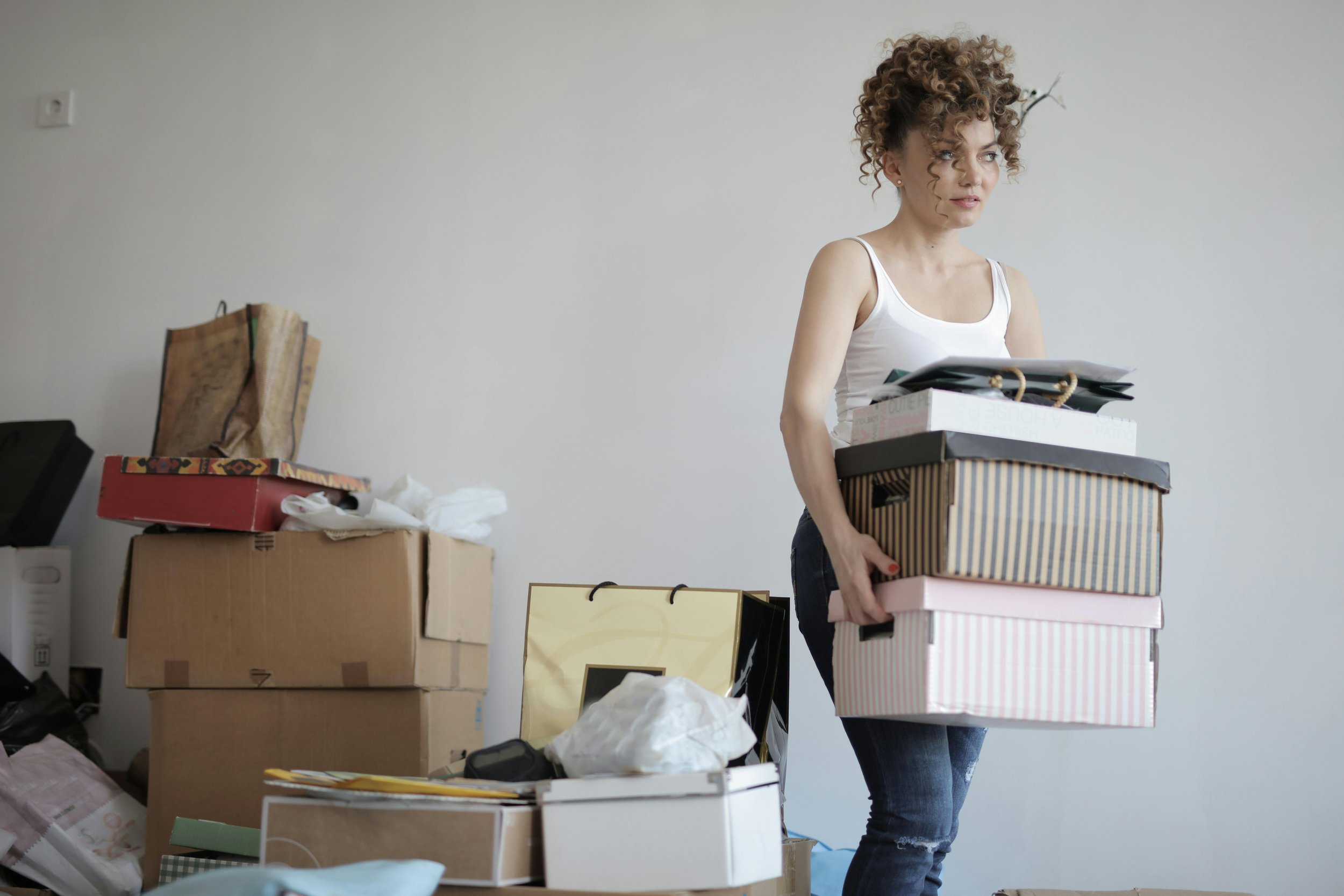How to Organize Your Move in 5 Easy Steps
Streamline your move with these 5 easy steps for stress-free packing, planning, and settling into your new home.
Many Americans move every year. Southern states are becoming the most popular destinations. In 2023, Florida led net migration with 372,870 new residents, followed by Texas, North Carolina, South Carolina, and Georgia. That has made the South the fastest-growing region of the U.S. As people moved far from work locations due to remote work, this trend has gone high. Moving is an attractive adventure, but at the same time, it can feel overwhelming if not properly planned. A well-organized move saves time. Delegation of responsibilities reduces stress and ensures a smooth transition. Follow these easy steps to make your move hassle-free.
Step 1: Create a Timeline
You need a plan first thing first. Balance out and set a moving date from there. Write down everything you need to do. There are timelines, inventory tracking, moving estimates provided by MoveAdvisor and Moving Day App. The process can also be made smoother by selling unwanted items on OfferUp or by using TaskRabbit to schedule services. You need to book the movers, notify utility companies, and pack. If you need movers, check out 3 Men Movers Austin – they’ll make the whole thing way easier. Having a timeline and reliable helpers keep everything from getting chaotic. It helps you stay on top of things.
Step 2: Pack Strategically
The first question you should ask yourself before you think of packing is to do a serious sweep of your crap. The better, the less you have to move. Go through everything and decide what you want to keep, what to save, and what to get rid of. Maybe you can even make a little money selling some things online or by having a yard sale. Those supplies are going to include the fragile packing tape, scissors, bubble wrap or old newspapers for the more delicate pieces, a marker to label, and boxes (smaller is for heavier goods, larger ones are for lighter goods). It is also necessary to take some time to get organized before you start the entire process. Trust me, labeling boxes with what’s inside and which room it goes to will save you a ton of headaches later. When it’s time to pack, don’t just throw things in boxes all willy-nilly. Do it room by room, and start with the stuff you don’t use every day. Keep fragile things well wrapped and place heavier objects at the bottom of the boxes. This is why don’t forget to pack an essentials bag which means things you’ll need immediately and any important documents.
Get must have items for the first few days of your new home packed in your bag:
✅ Personal Items – Toothbrush, toothpaste, soap, deodorant, meds, PJs, extra clothes, towels.
✅ Bedding – Sheets, blankets, pillows, or a sleeping bag if needed.
✅ Paper plates, utensils, snacks, small pan, can opener.
✅ Cleaning & Bathroom – Dish soap, paper towels, all-purpose cleaner, trash bags, toilet paper, shower curtain.
✅ Spare batteries and phone charger, power strip, flashlight
✅ Small toolkit, coffee/tea, something to keep you entertained.
Packing an essentials bag ensures that if you are sleeping in your new room on the first night, you have everything you need, minus having to dig through boxes.
Hold Off on Buying Storage (For Now)
You may want to purchase shelves, bins and storage containers before you move, but it is better to wait. You won’t know exactly how much storage space you have or will fit until you’re settled in your new home. Buying storage too early can mean wasted money and clutter. The stuff you get mightn't fit your new space. Therefore, concentrate on decluttering before the move and identifying what must be stored. This is also the point when you can make more informed decisions on the best storage solutions your home will accommodate.
Step 3: Protect Fragile Items During Your Move
Ensure that your fragile items are properly protected during a move. If you are going to move belongings, especially fragile ones, then it is very important to select a reliable moving company. It is true that experienced movers know how to pack, load and unload delicate belongings without increasing the risk of breakage. Also, reputable companies have options for insurance so you have an extra degree of peace of mind while you move. Aside from buying some bubble wrap, packing paper, tissue paper and packing foam. Incidentally, these materials provide cushioning and absorbing shocks in case of transportation of baggage.
For bigger TV or electronics sort of products, if you can find a unique field, use that or blankets or towels tied with tape or bungee cords. To protect the fragile item, add every fragile item in place of multiple layers of packing paper or bubble wrap. Pay extra attention to weak spots by stuffing the crevices around handles or stems with tissue paper. To ensure additional security, odd-shaped items should be placed in custom-fit cardboard and bubble wrap in fully covered wrapping.
To reduce the damage from bumps, propagate the base of the box with crumpled paper or foam or bubble wrap. Fill gaps with additional padding to limit movement when in transit. If the item is round or circular, roll it tightly in wrapping paper and put padding inside the box. Divide the wrap plates and put them in a stack vertically in the box (like in a dishwasher). If the pressure is lessened on their surface area and cracks are avoided, their strength is increased. Fragile items should be avoided from mixing with heavy objects. Separate heavy items from delicate items such as glassware, fine china, and vases.
Step 4: Label Boxes Clearly
As with boxes, fragile items should be marked as such with boxes containing moving sensitive items marked “FRAGILE”. It can also help determine where they should be placed when they are being transported.
Use Tools That Fit Your Brain
To simplify your move and stay organized, use tools that match your thinking style. A checklist can help you track tasks—apps like Todoist or Google Keep work well, or you can use a printed list if you prefer. Colored tape or labels can make unpacking easier. Assign a different color to each room. Also you may use QR codes. Apps like Sortly let you create QR codes for boxes and track their contents. Pick the tools that work best for you to keep your move stress-free.
Step 5: Coordinate Logistics
Moving day needs to go off without a hitch, so plan ahead. Book your movers early (or rent a truck), and double-check with them a few days before the move. If you’re moving into an apartment, make sure to let them know if you’ll need elevator access. Oh, and make sure your utilities are set up in your new place before you get there!
